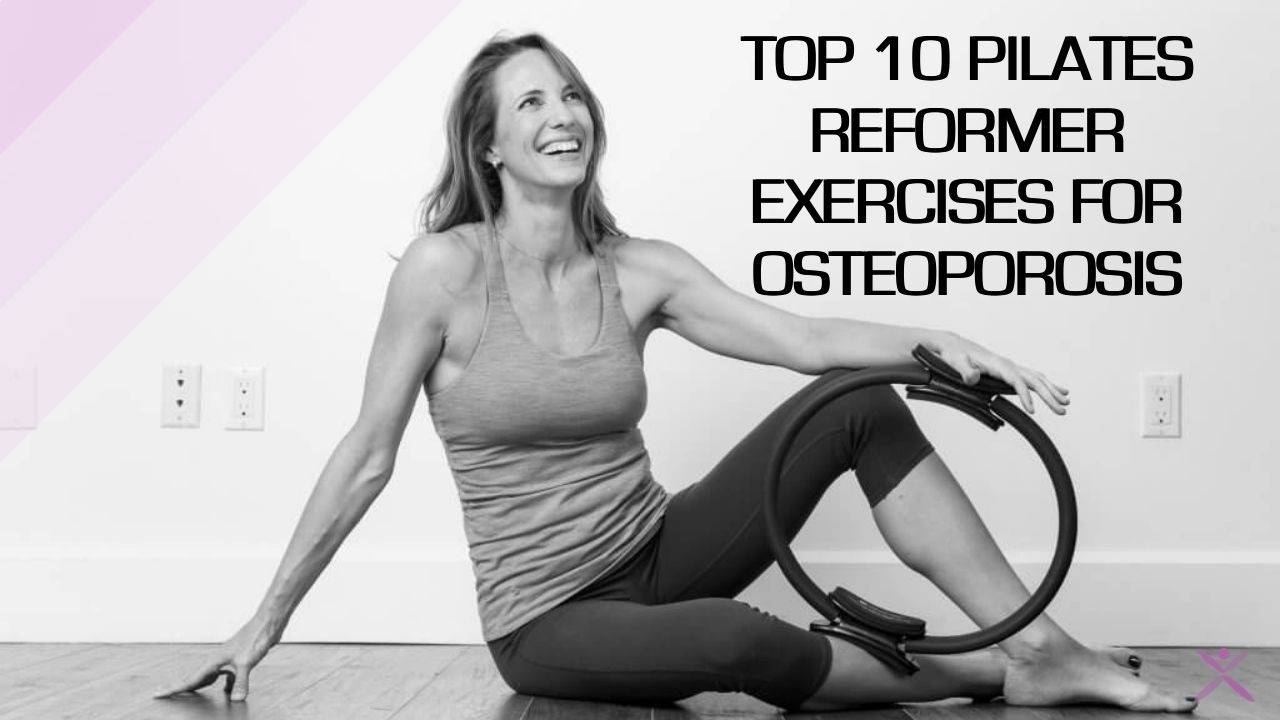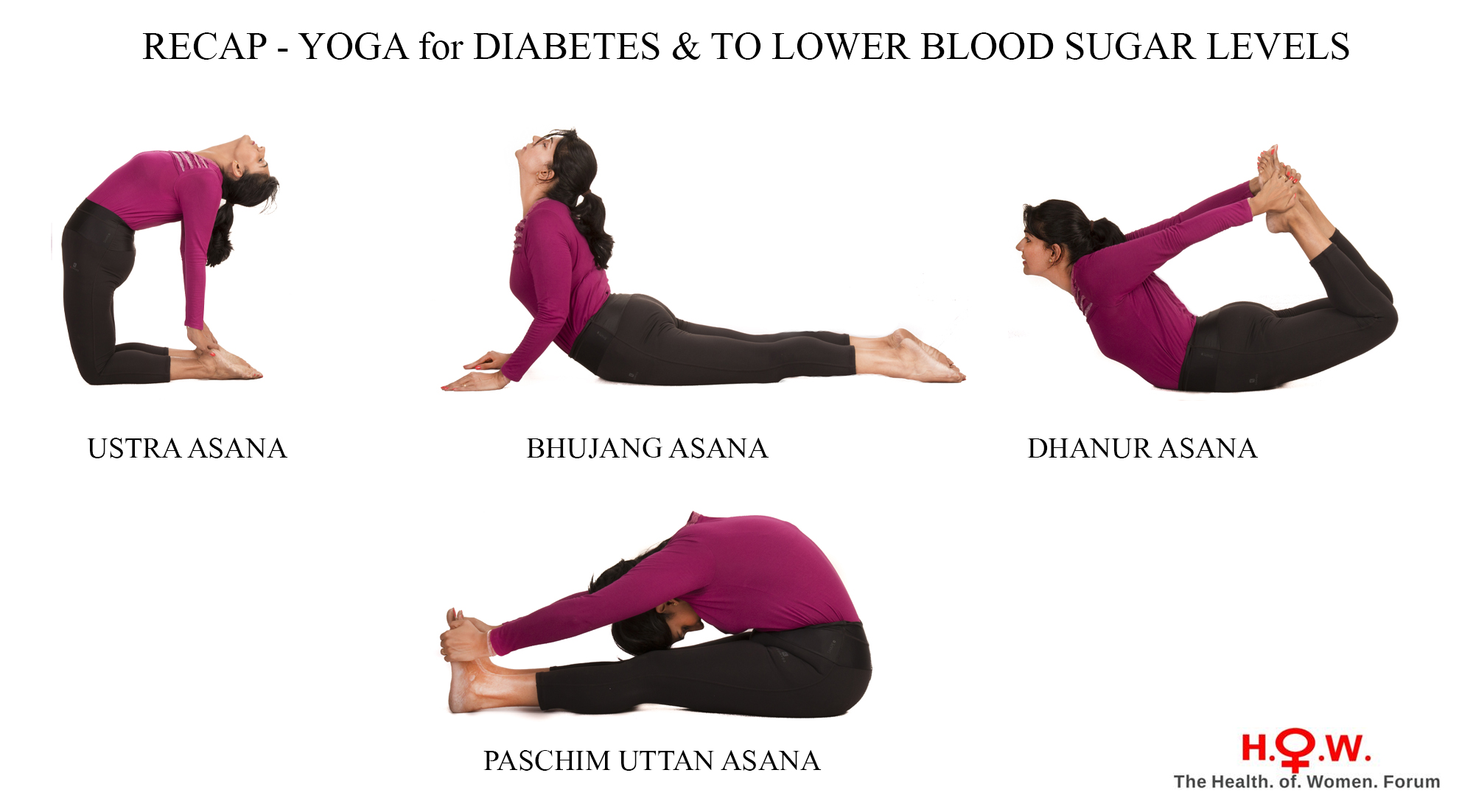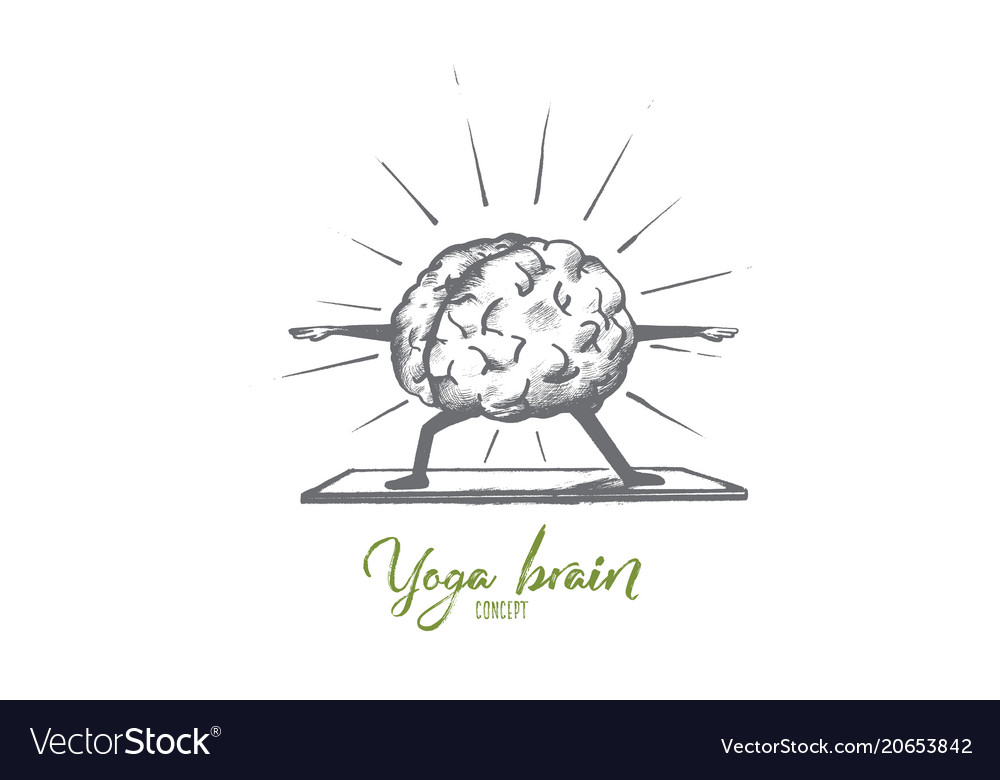
Yoga for bone density has many benefits. It stimulates deep changes in the body and can be used as an exercise routine. Yoga asanas are able to improve bone density and muscle strength. These exercises are especially beneficial for those who are suffering from low bones. Yoga for bone health is not for everyone. Yoga for bone density comes with many risks, so make sure you are learning the right method.
Yoga for bone density may not be suitable for all people. The study subjects were often elderly and had weak bones. Although the results are amazing, it is possible the effects could be greater in younger people. It may have been more effective for those with healthy bones. This practice may be more beneficial for people with weak bones who are at greater risk of injury and fractures. An older person may not find yoga suitable.

The researchers found that yoga could improve bone density in the hips and spine, although the results were not statistically significant. Study participants included 109 patients with osteoporosis. These results suggest that yoga can be beneficial for people with significant bone loss. Yoga can be beneficial for many people with bone loss. These effects should not be a concern for yoga practitioners, but they should be aware of the dangers.
Some yoga poses for bone density can be too strenuous. For instance, a standing forward folding pose may be too strenuous especially for the weaker. A half-standing forward fold, called ardha uttanasana, is better for those who are weaker or have osteoporosis. These exercises should not be done in excess.
Yoga for bone density has many benefits. In a 30-minute session you should perform at least five poses per day. Yoga helps improve balance and bone density. It can help improve posture, balance, and overall health. It can also help reduce stress and pain. If you have osteoporosis, this exercise is recommended. Good instructors will provide you with the correct guidance and make it easy.

Osteoporosis can lead to a weakening of the bones in some people. In addition, osteoporosis can affect women in any age, and the most common form is osteoporosis. This is due to a shortage of estrogen which is responsible for building bones. But when you start yoga, you can expect to feel more energy and be more alert. The stress hormone cortisol is released in the body and is a major contributor to osteoporosis.
FAQ
Do I have to exercise while drinking alcohol?
Yes. Alcohol increases energy expenditure, speeds up recovery times, and reduces soreness.
The insulin sensitivity of alcohol is also increased, which makes it easier for glucose to be absorbed.
However, alcohol can lead to dehydration that can slow down your metabolism. You may also experience a reduction in testosterone production which can lead to decreased muscle-building potential.
It is important that women refrain from drinking alcohol before they exercise. Women who have consumed a lot of alcohol should wait at most 24 hours before working out.
Nursing mothers should abstain from alcohol as much as they can.
Men should limit their intake to one drink per day.
What's a good routine for a daily workout?
Regular exercise is essential to staying fit. It doesn't make a difference what kind of activity you choose. As long as you do it often, it will be beneficial. Consistency is key. To achieve success, you need to persevere for a long time.
Begin by starting to do a little bit of physical activity each day (like walking). You can gradually increase the amount of exercise you do until you have 30 minutes each day. This could include running, cycling, swimming, weight training, yoga, or aerobics classes.
It's important that you get your exercise done every day. If you have a valid reason to skip a session, it is best not to.
You should wear the appropriate clothing and footwear if you are exercising outdoors. You should also consider the weather conditions that could affect your ability exercise safely.
Make sure that you drink plenty of water while you're exercising. Avoid drinking alcohol during this time because it can cause dehydration. Avoid caffeinated drinks, such as coffee, tea and cola. They will not only give you more energy but also dehydrate you.
It's common to feel tired after your first workout. If you stick with your training program, you'll feel more awake and alert.
Are There Any Benefits to Yoga?
Yoga has existed since ancient times. It has only recently been more popular. Celebrities, as well as everyday people who are looking to stay fit and healthy, have made yoga a hugely popular choice.
Yoga is great for strengthening your muscles and stretching them. It also relaxes your mind and makes you calmer.
Yoga is more focused on breathing than other forms of exercise.
For balance and flexibility, there are many poses you can do.
How many times per week do I need to exercise?
It depends on how much time you have available and what type of exercise you prefer. A general guideline would be moderate-intensity aerobic exercise 3 - 5 days a week. It is important to not overdo it. It is crucial to exercise regularly in order to reap the full benefits of your workouts.
Which exercises are best for me?
It all depends on your fitness goals. Some people choose to focus on endurance activities, such as swimming, cycling, and running. Others enjoy lifting weights or using resistance bands. There are many exercise programs on the market today. You can choose the one that best suits you.
What is the best way to increase muscle mass?
Two main types of exercises are required for building muscle mass. These are the isolation exercises as well as compound movements. While isolation exercises focus on specific muscles, compound moves target multiple muscle groups simultaneously.
You can improve your workouts by choosing exercises that challenge all major muscle groups. This ensures that each session is challenging.
An app called MyFitnessPal allows you to keep track of everything. You can log everything, from calories burned to weight lifting. You can even create customized meal plans that are based on your goals.
Is it true to say that protein overeating can lead to kidney stones?
Protein helps maintain healthy bones and tissue. Too much protein can cause calcium to be excreted through the urine. This can cause kidney stones.
It's important to note that not everyone gets kidney stones after eating more than 2 grams of protein per kilogram (2.2 pounds) of body weight. Some people can eat high amounts of protein without getting kidney stones.
By being careful with your sodium intake, you can prevent kidney stones. Sodium regulates the water balance of the kidneys. Too much sodium can lead to kidney stones.
If you have kidney stones, you can reduce your intake of protein. Protein provides about half of the daily caloric needs for most adults. If you cut back on protein, you'll likely lose weight.
If you do decide to eat more protein, don't go overboard. Limit your intake to 20% of your total daily protein intake.
Statistics
- An estimated calorie range for moderately active adult males falls between 2,200 to 2,800 calories per day, depending on age. (eatright.org)
- Candidates and applicants must pass all four tests at 70% (minimum level) to graduate from Basic Deputy U.S. Marshal (BDUSM) Training. (usmarshals.gov)
- The PRS enabled risk stratification for overall prostate cancer and lethal disease with a four-fold difference between men in the highest and lowest quartiles (HR, 4.32; 95% confidence interval [CI], 3.16-5.89). (pubmed.ncbi.nlm.nih.gov)
- By John Thompson Take a whopping 38% off a set of PowerBlock Pros. (menshealth.com)
- Are You One of the 20% of Guys (mh.co.za)
External Links
How To
How can I burn fat and exercise?
Exercise burns calories through increased metabolism and oxygen consumption.
At moderate intensity, you will lose weight easily.
To burn fat while exercising, follow these tips:
-
Do cardio exercises such as walking, swimming, jogging, cycling, running, or elliptical training.
-
Three times per week, exercise for 30 minutes.
-
Add strength training to your workouts if you are looking to lose more weight.
-
Avoid doing intense exercises. You can build muscle without breaking down muscle tissue.
-
Keep hydrated during exercise. Water flushes out toxins, and keeps your body properly hydrated.
-
After exercising, you should drink low-fat protein drinks. Protein shakes repair muscles and increase energy.
-
Smaller meals are better for you.
-
Don't skip breakfast! Skipping breakfast can cause you to feel tired and sluggish.
-
Take care of your mental health. Stressful situations can affect your metabolism.
-
Keep a positive attitude. Studies show that people who believe they are overweight gain more weight then those who think they are attractive.
-
Get enough sleep. It is harder to lose fat if you don't get enough sleep.
-
Active living is key. Make sure you get up and move every hour.
-
Maintain a healthy diet. Eating right keeps you feeling full and satisfied longer.
-
Find ways to relax. Relaxing doesn't mean your body releases stress hormones which cause muscle tissue to be destroyed.
A balanced diet is one that includes all of the essential nutrients required for growth.
You should eat six small meals per day rather than three large ones. This allows your body time to digest what you've eaten.
For strong bones to be maintained, you need approximately 500mg of calcium per day. Calcium is found in dairy products like yogurt, fortified milk beverages, orange juices, cereals and bread.
Calcium is found in leafy green vegetables and beans, tofu as well as nuts, seeds, cheese, and seeds.
Vitamin D is essential for calcium absorption. It's found in fatty fish, egg yolk, and some fortified foods.
Vitamin E is crucial for skin health. Vitamin E can be found in vegetable oils as well as wheat germ oil, peanuts and almonds.
Your body needs zinc to maintain normal immune function and heal wounds. Zinc can also be found in legumes, oysters, meats and whole grains.
Zinc deficiency could cause fatigue, nausea, vomiting, and depression.
Eating too much sugar causes insulin resistance, which increases blood glucose levels. Insulin resistance leads to weight gain.
High levels of free radicals can lead to insulin resistance. Free radicals refer to molecules that contain unpaired electrons. They can damage cell membranes and other body parts.
Free radicals come mainly from food additives, pesticides, herbicides, preservatives, smoking, air pollution, radiation, chemicals in cosmetics, lotions, and household cleaning supplies.
Free radical damage can lead to cancer, heart disease, diabetes, arthritis, asthma, and aging.
Eating a well-balanced diet with antioxidants is the best way to prevent free radical damage. Antioxidants protect against oxidative damage.
Antioxidant vitamins include Vitamin C (found in citrus fruits), beta carotene (found in carrots, sweet potatoes, spinach, broccoli, cantaloupe, apricots, squash, mangoes, peaches, peppers, tomatoes, cabbage, cauliflower, kale, Brussels sprouts, collard greens, watermelon, and strawberries), and Vitamin E (found in nuts, olive oil, avocados, and eggs).
Selenium, copper and manganese are all antioxidant nutrients.
Selenium helps protect cells from oxidative damage caused by free radicals. Selenium can be found in Brazil nuts and liver, kidneys, liver, kidneys, shrimp, cod, turkey and lamb as well as chicken.
Copper protects your eyes, brain, eyes and red blood cell. Copper is found in shellfishes, poultry, meat, organ meats, and other foods.
Manganese forms an essential part of bone structure. Manganese is found in brown rice, spinach, bananas, prunes, raisins, oatmeal, and lentils.
Zinc is necessary for average growth, reproduction, and wound healing. Zn is found in lean meats, poultry, white fish and eggs.